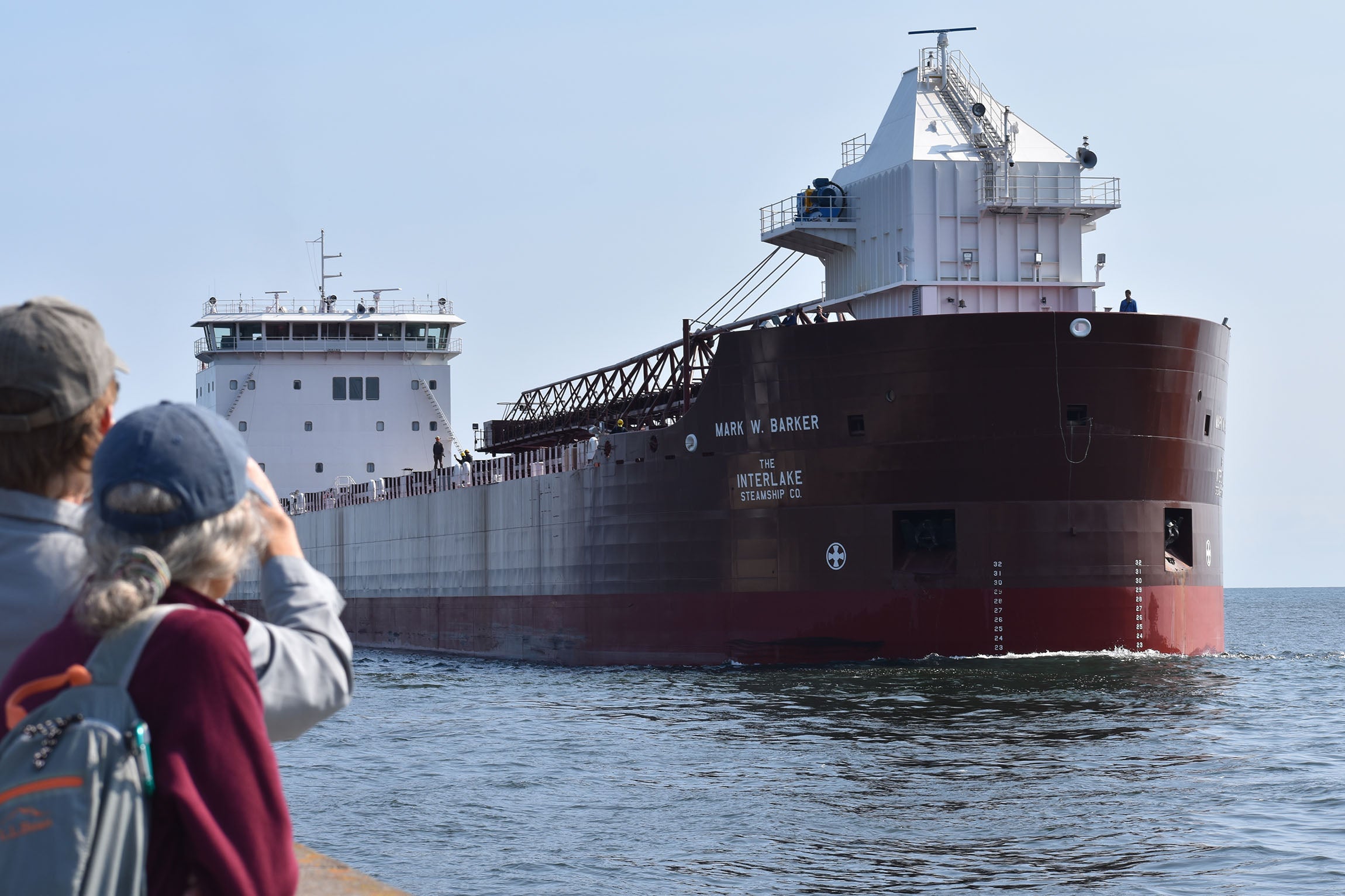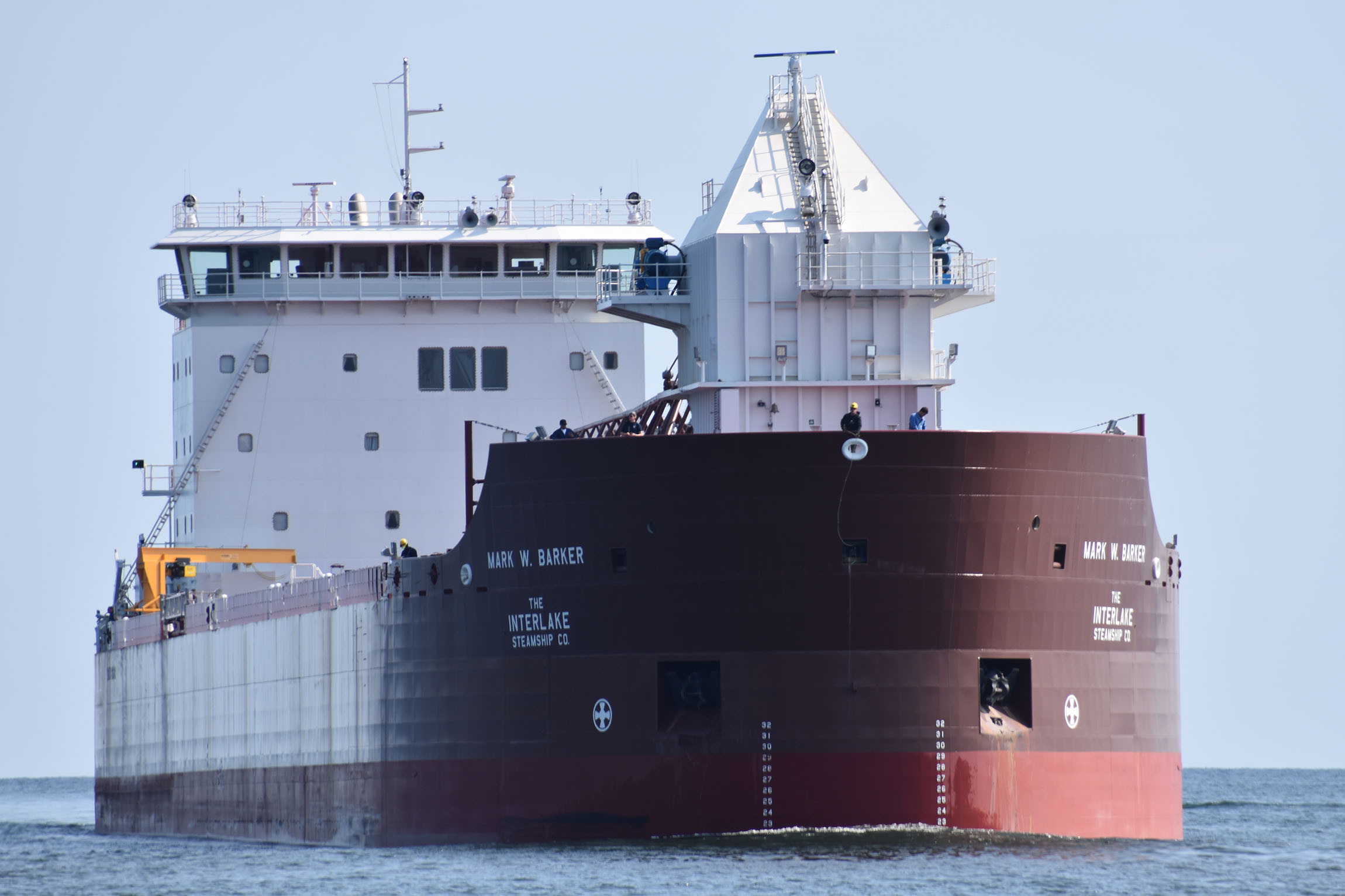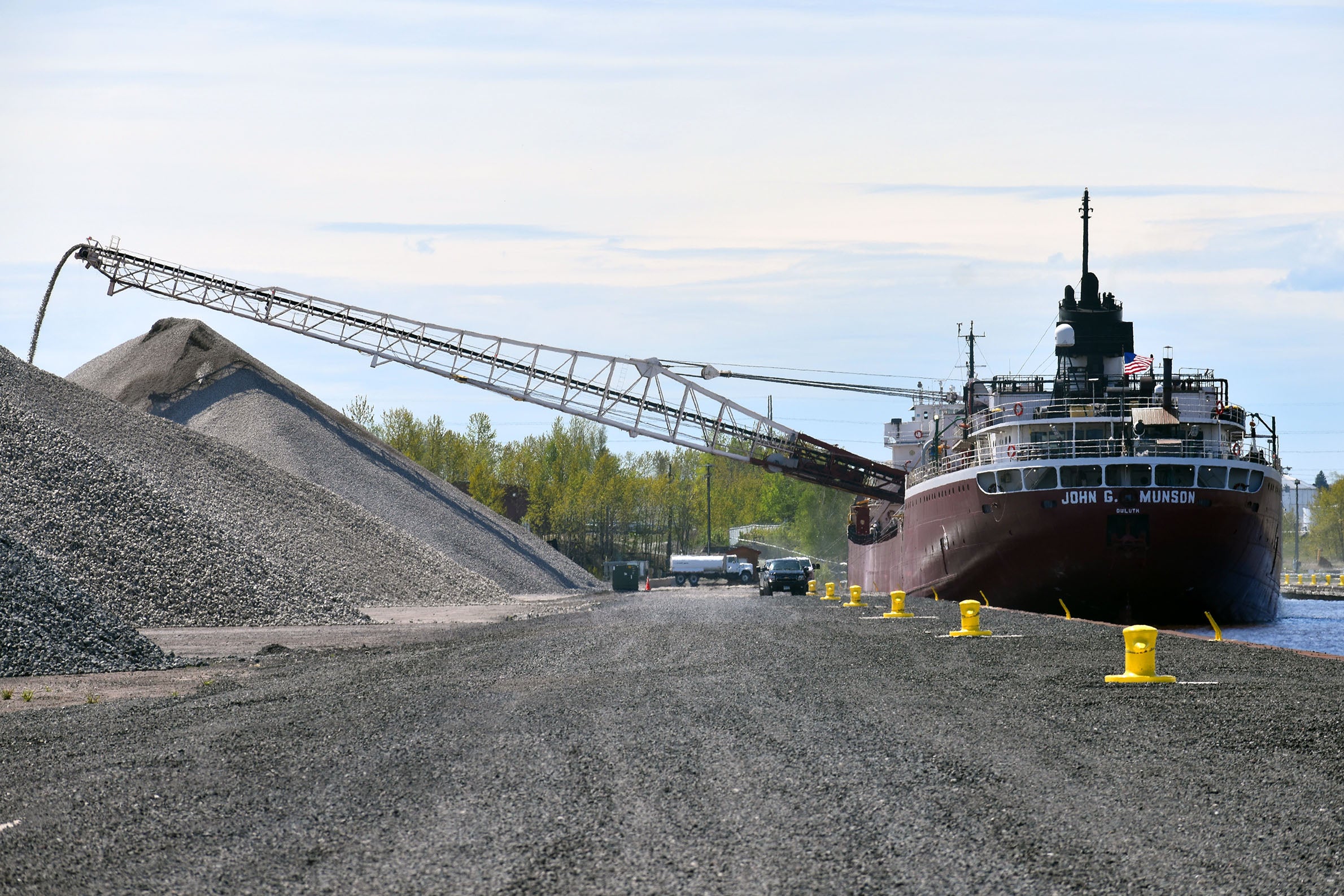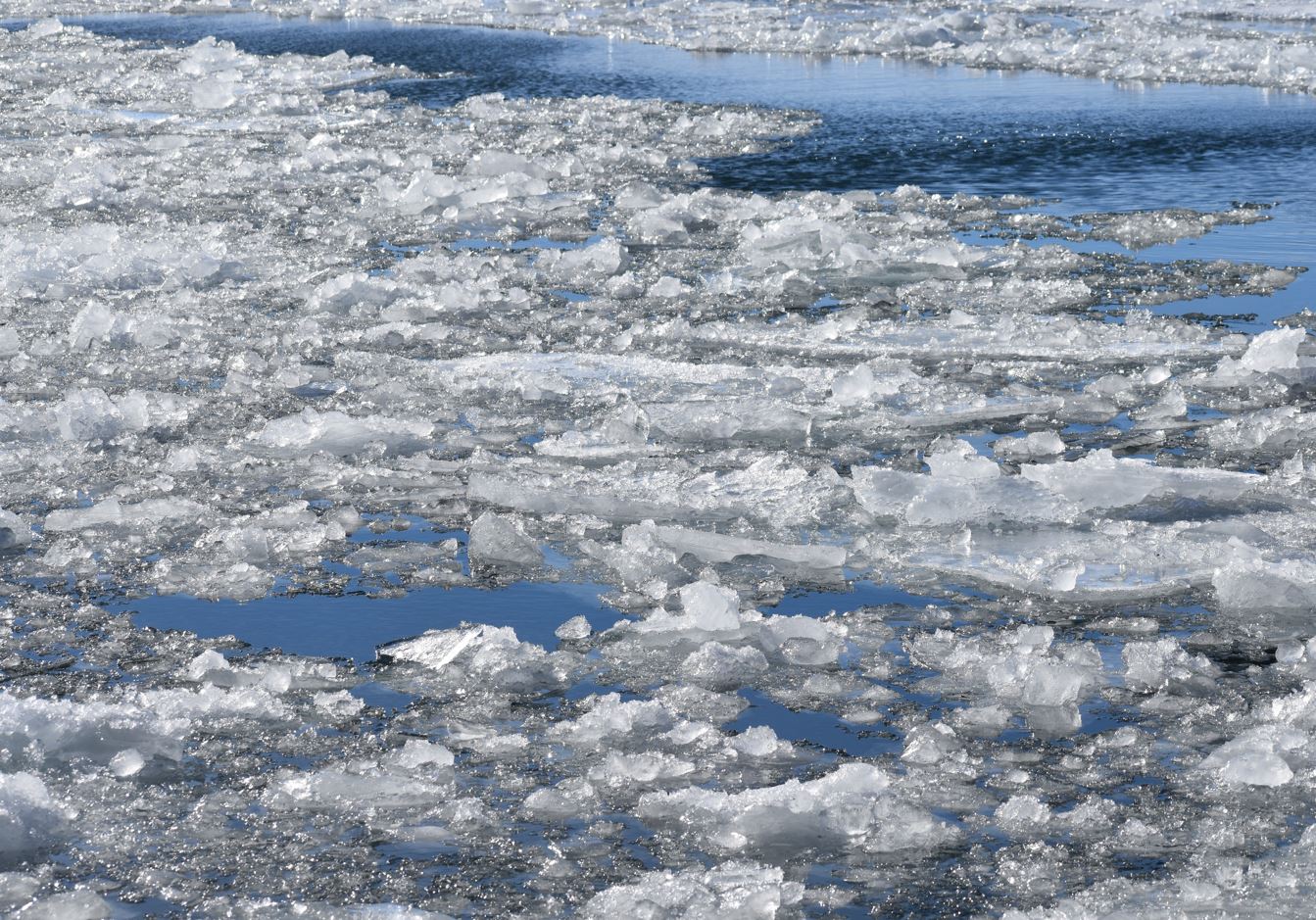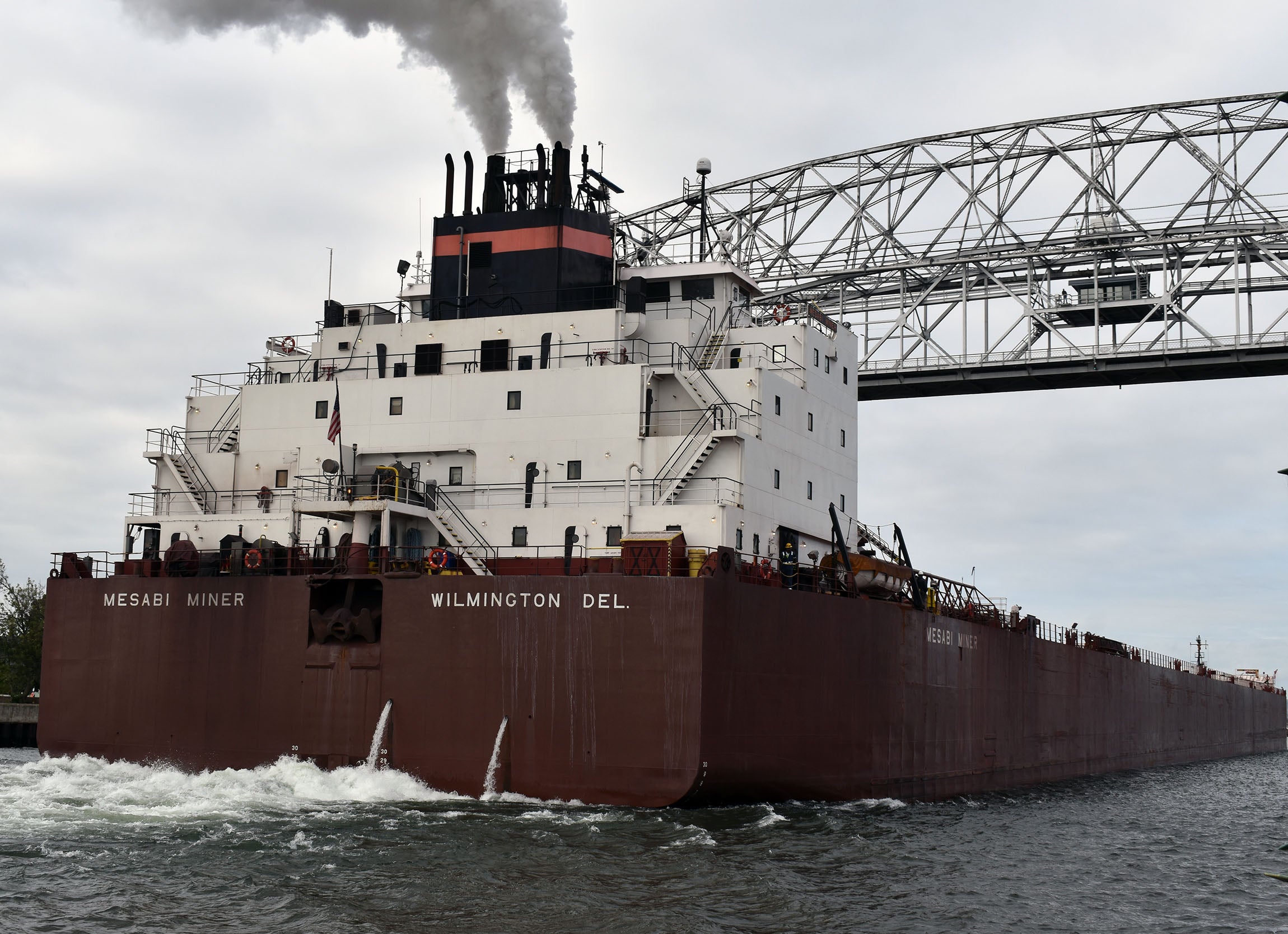A new industry-funded study finds shipping in the Great Lakes and St. Lawrence River supports more than 240,000 jobs in the U.S. and Canada, injecting billions of dollars into their economies.
The 2,300-mile Great Lakes-St. Lawrence Seaway System facilitates the movement of goods for construction, power generation and automobile production. The study by Pennsylvania-based consulting firm Martin Associates measured the impact of cargo movements at 40 U.S. and Canadian ports. It found U.S. ports on the system handled around 158 million metric tons of cargo, and more than 135 million metric tons of cargo moved on the Great Lakes last year.
U.S. Transportation Secretary Pete Buttigieg said in a virtual press conference Friday that maritime commerce remains essential to the economies of the two nations.
News with a little more humanity
WPR’s “Wisconsin Today” newsletter keeps you connected to the state you love without feeling overwhelmed. No paywall. No agenda. No corporate filter.
“Every ton that moves on our waterways means that appliances, food and components and materials are reaching homes and shelves and manufacturing plants affordably and efficiently,” Buttigieg said.

Based on 2022 data, the study found Great Lakes shipping supported $36 billion of economic activity nationwide, including almost $18 billion in wages, according to Adam Tindall-Schlicht, administrator of the Great Lakes-St. Lawrence Seaway Development Corporation.
“Of the 241,000 U.S. and Canadian jobs supported by maritime commerce, approximately 116,000 jobs can be attributed to cargo carried on U.S.-flagged vessels,” Tindall-Schlicht said, who is the former director of Port Milwaukee.
For Wisconsin, the study found shipping on the system supports nearly 7,000 jobs and $1.4 billion in economic activity. Ships carry a variety of materials on the Great Lakes, including iron ore, coal and grain. Iron ore represented the commodity with the most tonnage moved on the lakes at about 39.8 million metric tons or 43.9 million tons each year.
The Port of Duluth-Superior, the largest and farthest-inland freshwater port, moves an average of 35 million tons each year. This year, the port has moved about 7.4 million tons of iron ore or about 41 percent more than last year at this time, according to Jayson Hron, communications director for the Duluth Seaway Port Authority.
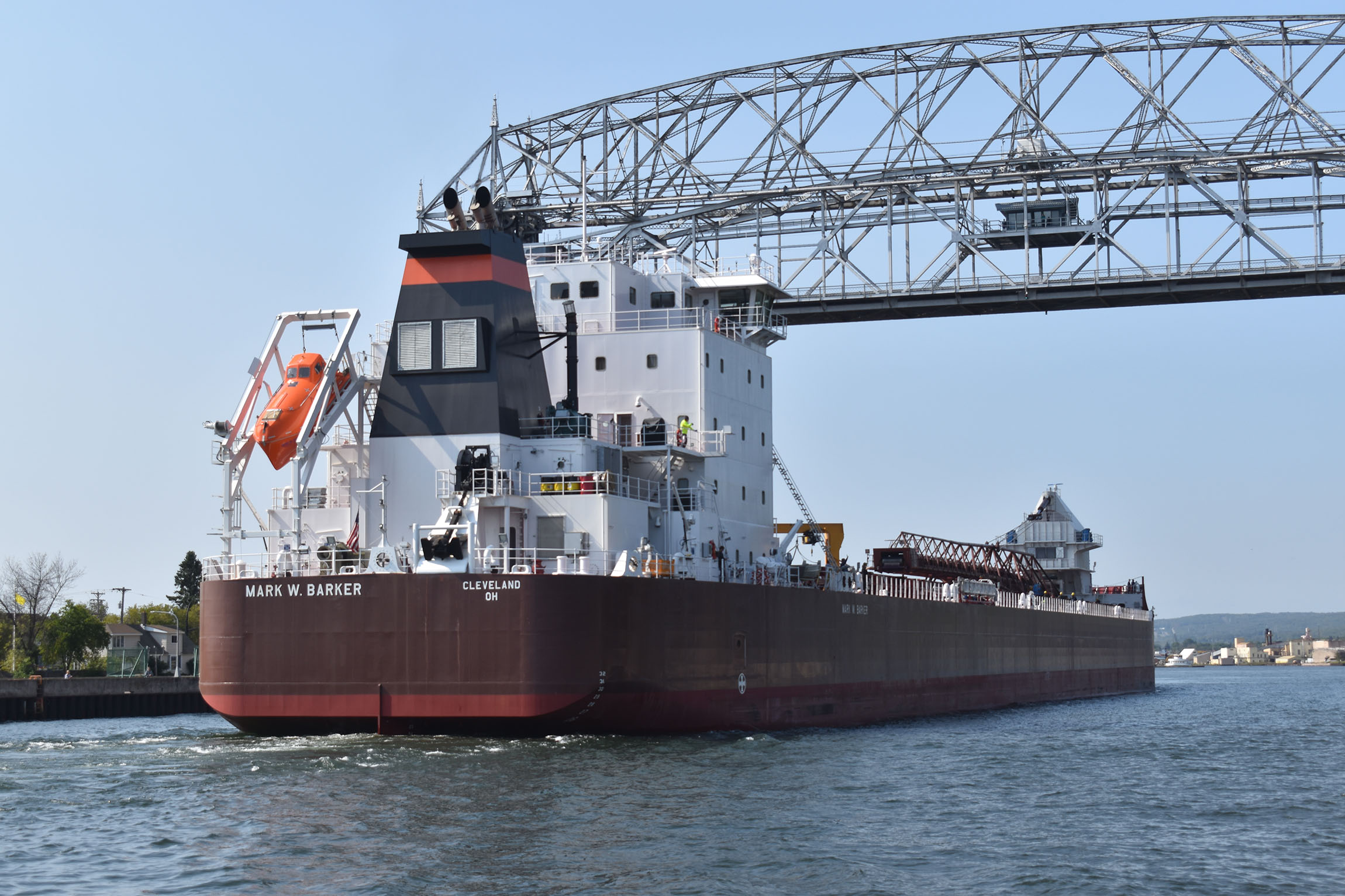
Danielle Kaeding/WPR
“The findings reinforce the massive importance of marine shipping on the Great Lakes-St. Lawrence Seaway System, and within our own community,” Hron said in a statement. “It’s a powerful economic engine, a job-creator, a revenue-generator, and an efficient transportation mode for the raw materials of everyday life.”
A previous report by Martin Associates found shipping supports nearly 8,000 jobs in the Port of Duluth-Superior. Dean Haen, port director for the Port of Green Bay, said a similar report found shipping supports nearly 1,300 jobs in northeastern Wisconsin.
“These companies that are working in these ports are responsible for a lot of jobs in the region,” Haen said.
Updated figures on the economic impact of individual ports are expected to be released in the coming weeks.
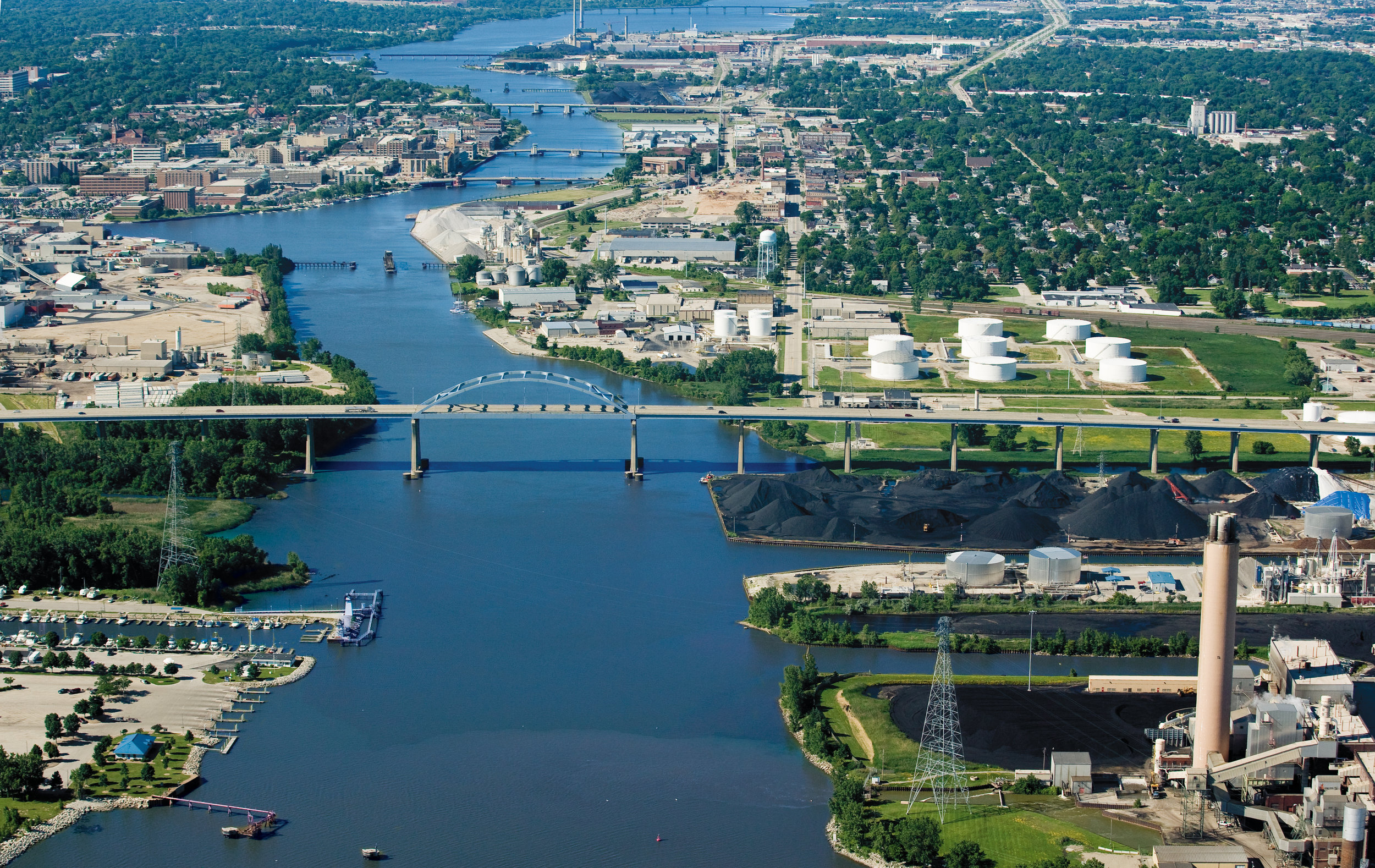
Haen and shipping industry advocates also say shipping produces fewer emissions than other modes of transportation like rail and truck. A study last year by the International Council on Clean Transportation found Great Lakes shipping produced 1.6 million metric tons of carbon emissions. Globally, shipping accounts for 2 percent of greenhouse gas emissions, according to the International Energy Agency.
“Every ton that moves on our waterways is moving with less pollution than other modes of shipping,” Buttigieg said. “(It’s) something we’re paying more and more attention to and bearing in mind as we see deadly floods in the Northeast, record-breaking heat in the American West, and wildfires across Canada.”
Buttigieg said President Biden’s administration hopes to improve the capacity of Great Lakes ports to move material on the system through investments under the bipartisan infrastructure law. He cited more than $82 million in grants to Great Lakes ports that will support future growth and keep shipping prices down, including a $10 million grant to transform a shuttered power plant into a new port terminal in Green Bay.
Wisconsin Public Radio, © Copyright 2026, Board of Regents of the University of Wisconsin System and Wisconsin Educational Communications Board.
